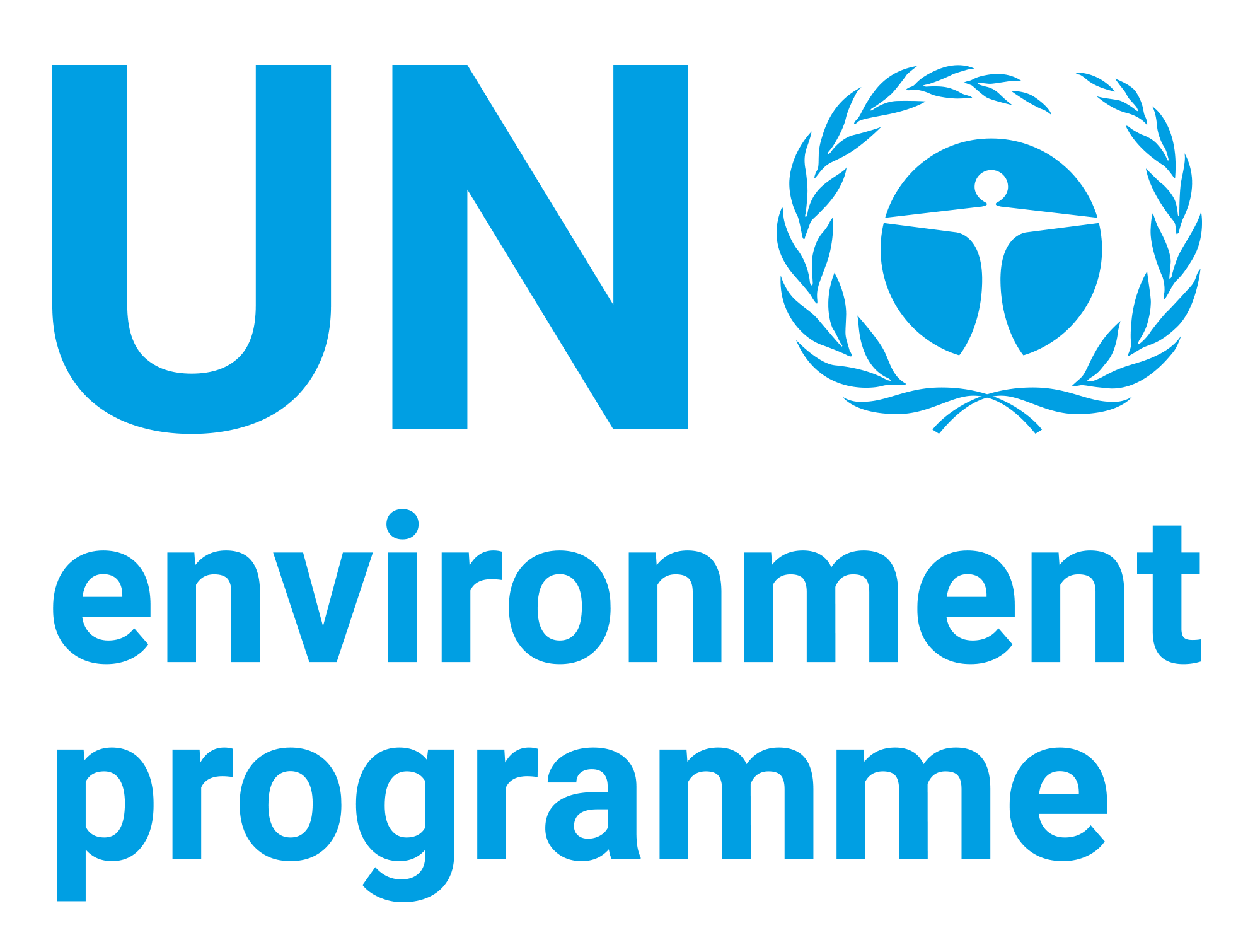| dc.contributor | Economy Division | en_US |
| dc.contributor.author | United Nations Environment Programme | en_US |
| dc.contributor.author | World Health Organization | en_US |
| dc.contributor.author | International Labour Organisation | en_US |
| dc.coverage.spatial | Global | en_US |
| dc.date.accessioned | 2019-08-19T18:03:30Z | |
| dc.date.available | 2019-08-19T18:03:30Z | |
| dc.date.issued | 1991 | |
| dc.identifier.isbn | 924 157108 X | en_US |
| dc.identifier.uri | https://wedocs.unep.org/20.500.11822/29455 | |
| dc.description | Nickel is a metallic element belonging to group VIIIb of the periodic table. It is resistant to alkalis, but generally dissolves in dilute oxidizing acids. Nickel carbonate, nickel sulfide, and nickel oxide are insoluble in water, whereas nickel chloride, nickel sulfate, and nickel nitrate are water soluble. Nickel carbonyl is a volatile colourless liquid that decomposes at temperatures above 50 °C. The prevalent ionic form is nickel (II). In biological systems, dissolved nickel may form complex components with various ligands and bind to organic material. | en_US |
| dc.format | Text | en_US |
| dc.language | English | en_US |
| dc.rights | Public | en_US |
| dc.subject | environmental health | en_US |
| dc.subject | chemical | en_US |
| dc.subject | nickel | en_US |
| dc.subject | terrestrial ecosystem | en_US |
| dc.subject | micro-organism | en_US |
| dc.title | Nickel - Environmental Health Criteria 108 | en_US |
| wd.identifier.sdg | SDG 3 - Good Health and Well-being | en_US |


